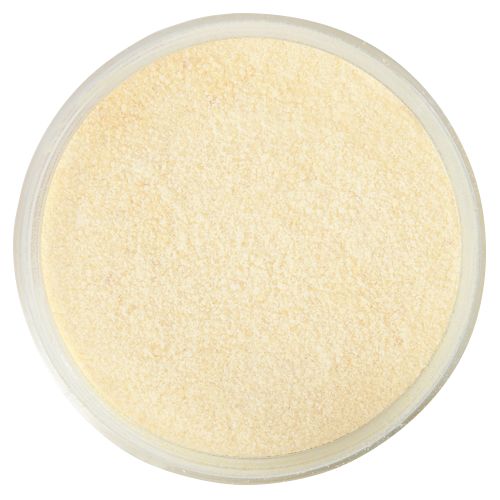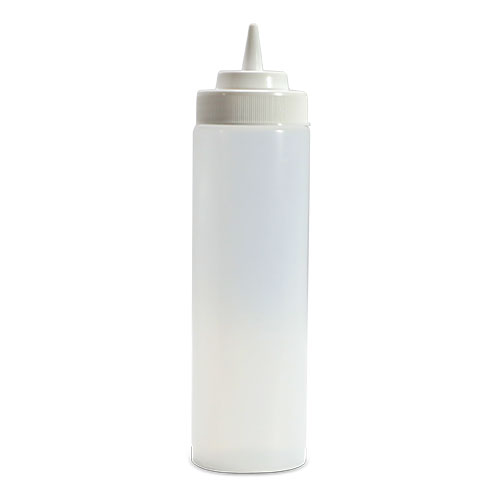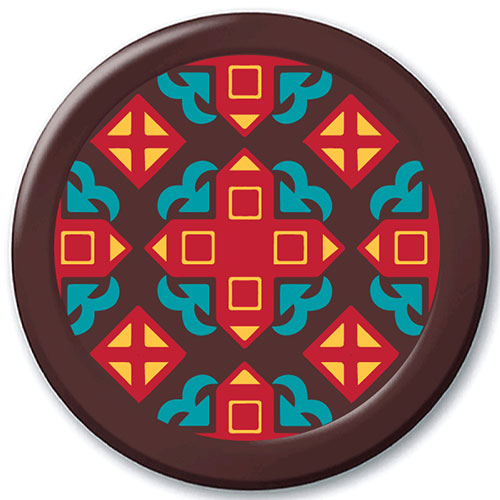 S2K Commerce - Products Dropdown
S2K Commerce - Products Dropdown
 S2K Commerce - Order Entry
S2K Commerce - Order Entry
Replacement Tube 5 inch
- A replacement tube for our caviar maker tool (#814012).
- Tube length: 5" (127mm)
Item#:
814013
Manufacturer Item:
1003564
Your Price:
1.05
Each
- Calcium lactate gluconate is a food additive that is commonly used in the culinary industry for various purposes. Here are some culinary usages for calcium lactate gluconate:
- Molecular gastronomy: Calcium lactate gluconate is often used in modernist cooking techniques, such as spherification, to create spheres or gels out of liquids. When added to a liquid containing sodium alginate, calcium lactate gluconate forms a gel around the liquid, creating a unique texture and presentation.
- Baking: Calcium lactate gluconate can be used as a leavening agent in baking recipes. It reacts with baking soda to release carbon dioxide gas, which helps baked goods rise.
- Cheese-making: Calcium lactate gluconate can be used as an alternative to calcium chloride when making cheese. It helps coagulate the proteins in milk and improve the texture of the cheese.
- Meat processing: Calcium lactate gluconate is sometimes used in meat processing to improve the texture and juiciness of the meat. It can also help extend the shelf life of processed meats.
- Fruit and vegetable processing: Calcium lactate gluconate can be added to fruits and vegetables during processing to help maintain their texture and firmness. It can also help prevent browning and discoloration.
- Pickling: Calcium lactate gluconate can be added to pickling brine to help keep pickles crisp and crunchy.
- Fermentation: Calcium lactate gluconate is sometimes used in the fermentation of vegetables, such as sauerkraut and kimchi, to help regulate the acidity and improve the texture of the fermented products.
- Bulk sizes available on request.
Item#:
501010S
White
- The organic irregularity of this overlapping oval cluster pattern gives credence to the name of our Roe transfer sheet design.
- Transfer Sheet: Roe (White).
- Sheet dimensions are 11.75" x 15.75" (298.5mm x 400mm).
- The sheets do not fit any specific mould.
- Other colors available upon request.
- (Some lead time required.)
Item#:
902207S
Sea Blue
- The organic irregularity of this overlapping oval cluster pattern gives credence to the name of our Roe transfer sheet design.
- Transfer Sheet: Roe (Sea Blue).
- Sheet dimensions are 11.75" x 15.75" (298.5mm x 400mm).
- The sheets do not fit any specific mould.
- Other colors available upon request.
- (Some lead time required.)
Item#:
902206S
Black
- The organic irregularity of this overlapping oval cluster pattern gives credence to the name of our Roe transfer sheet design.
- Transfer Sheet: Roe (Black).
- Sheet dimensions are 11.75" x 15.75" (298.5mm x 400mm).
- The sheets do not fit any specific mould.
- Other colors available upon request.
- (Some lead time required.)
Item#:
902205S
- Sodium Alginate is extracted from brown seaweed and is widely used in the culinary industry as a thickener, stabilizer, emulsifier, and gelling agent. Here are some common culinary usages for sodium alginate:
- Molecular gastronomy: Sodium Alginate is used in molecular gastronomy to create spherification, a technique that turns liquids into small, sphere-shaped droplets. This technique is often used to create unusual textures and shapes in dishes such as caviar, fruit juices, and cocktails.
- Ice cream: Sodium Alginate can be used as a stabilizer in ice cream to improve its texture and prevent ice crystal formation during storage.
- Sauces and dressings: Sodium Alginate can be used to thicken sauces and dressings, creating a smooth and creamy texture.
- Baking: Sodium Alginate can be used in baking as a substitute for eggs or as a vegan alternative to gelatin in recipes such as mousse, custard, and pudding.
- Dairy products: Sodium Alginate can be used in dairy products such as yogurt and cheese to improve their texture and prevent whey separation.
- Bulk sizes available on request.
Item#:
501603S
- Calcium lactate is a food additive that is commonly used in the culinary industry for various purposes. Here are some culinary usages for calcium lactate:
- Molecular gastronomy: Calcium lactate is often used in modernist cooking techniques, such as spherification, to create spheres or gels out of liquids. When added to a liquid containing sodium alginate, calcium lactate forms a gel around the liquid, creating a unique texture and presentation.
- Baking: Calcium lactate can be used as a leavening agent in baking recipes. It reacts with baking soda to release carbon dioxide gas, which helps baked goods rise.
- Cheese-making: Calcium lactate can be used as an alternative to calcium chloride when making cheese. It helps coagulate the proteins in milk and improve the texture of the cheese.
- Meat processing: Calcium lactate is sometimes used in meat processing to improve the texture and juiciness of the meat. It can also help extend the shelf life of processed meats.
- Fruit and vegetable processing: Calcium lactate can be added to fruits and vegetables during processing to help maintain their texture and firmness. It can also help prevent browning and discoloration.
- Pickling: Calcium lactate can be added to pickling brine to help keep pickles crisp and crunchy.
- Fermentation: Calcium lactate is sometimes used in the fermentation of vegetables, such as sauerkraut and kimchi, to help regulate the acidity and improve the texture of the fermented products.
- Calcium lactate is often preferred over calcium chloride because it is not as bitter.
- Bulk sizes available on request.
Item#:
501009S



